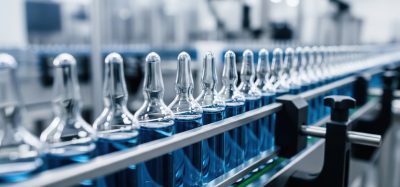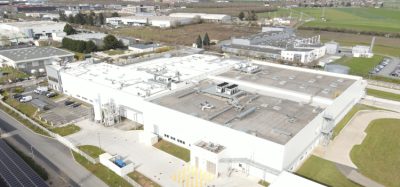Green chemistry
Here, Dave Elder reflects on the pharma industry’s efforts to get greener; highlighting the confounding issues that mean it is not always easy to achieve.
The pharmaceutical industry is a major global polluter, generating 1.9 million tonnes of carbon dioxide annually.1 A recent analysis of the total green-house gas (GHG) outputs within this sector showed that the industry is significantly more “emission-intensive than the automotive industry”, specifically, 55 percent higher.2 However, this view was subsequently challenged based on macroeconomic data.3
The IQ Consortium recently introduced the Green Aspiration Level (GAL), which is the first significant green efficiency goal for any given manufacturing process. GAL defines the “expected environmental impact for producing any pharmaceutical agent by assessing the complexity of its ideal synthesis route”4. This involves designing the most direct route, with the minimum number of synthetic stages using commodity chemicals at the earliest point in the drug substance development programme.5 Subsequently, iGAL (improved GAL) was developed based on extensive historical data. iGAL provides an assessment of molecular complexity and captures green process inventiveness and enhancement.6 Further improvements were reported last year (iGAL 2.0) that included yield (Y) and convergence (CV) factors. The latter indicates how completely a starting material is incorporated into the drug substance, thus reflecting the overall efficiency of the drug substance process.7
Nevertheless, introducing novel, green-chemistry synthetic routes early in development does involve a balance between green sustainability and the overall speed of the project, as well as high early development attrition rates. However, the major challenge is that although optimising CV and minimising the number of steps from the registered starting material (RSMs) makes eminent sense in terms of synthetic efficiency and minimising costs and waste streams; it does not fully align with the current quality guidance on RSMs in ICH Q11.8 This guideline requires processes with isolated intermediates (ie, limited telescoping) and an adequate number of steps between the RSM and the drug substance, ie, it seeks some elements of inefficiency as the price for optimal impurity control.
Selecting the most appropriate reagents and solvents is critically important,9 as typically only one percent of all input materials are incorporated into the drug substance.7 Reagents can often be the most expensive components within a synthesis. The American Chemical Society’s Green Chemistry Institute (ACS CGI) Reagent Guide10 covers 150 reagents used in 19 chemical transformations ranking them in terms of utility, scalability and greenness. However, many chemical processes are inefficient and highly polluting, eg, many coupling reactions are catalysed by platinum group metals (Pt, Pd, Rh). In contrast, enzyme-based catalysts can often be used as safe and sustainable alternatives and they offer high levels of regio-, chemo- and stereo-selectivity.1,11 There have also been significant developments in “cascade biocatalysis”, whereby multiple steps can be carried out in a single reactor, “increasing synthetic efficiency, eliminating steps, and reducing waste generation.11 However, it often takes time to develop a specific enzyme for a specific reaction class, ie, chiral amine; as such enzymatic conversions are often implemented as part of second-generation chemistry initiatives – post-filing.1
Solvents typically constitute the majority of input materials in any manufacturing process and decreasing their use can play a pivotal role in waste management strategies and reducing carbon footprints and process costs.5 The ACS CGI Solvent Selection Tool12 provides intrinsic solvent characteristics, as well as health and safety and environmental ratings. Green chemistry also encourages the use of recyclable solvents.5 However, recent guidance on N-nitrosamine contamination has highlighted that such practices can often cause cross-contamination and are not currently favoured.13,14 In conclusion, although many of these green initiatives will improve efficiency, minimise costs and waste streams, they often find themselves at odds with existing quality guidance, ie, ICH Q11, guidance on N-nitrosamine contamination. We urgently need to ‘square the circle’ and address these confounding issues.
About the author
Dave Elder has nearly 40 years of service within the pharmaceutical industry at Sterling, Syntext and GlaxoSmithKline. He is now an independent GMC consultant. He is a visiting professor at King’s College, London and a member of the British Pharmacopoeia. He is a member of the Joint Pharmaceutical Analysis Group (JPAG) and the Analytical Division Council of the Royal Society of Chemistry.










